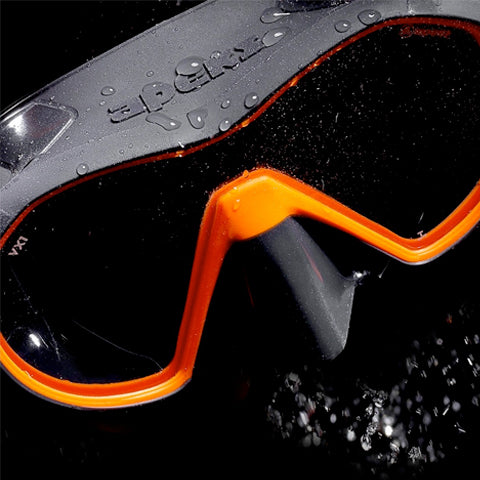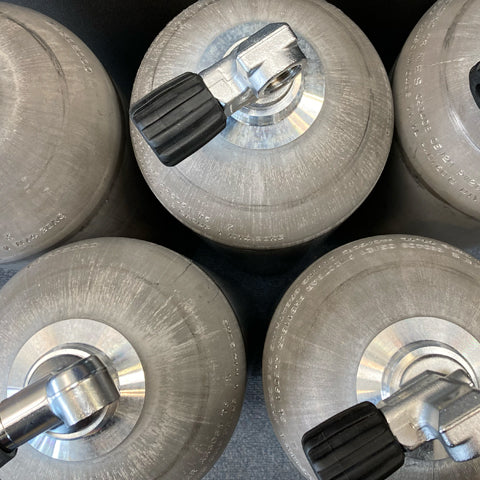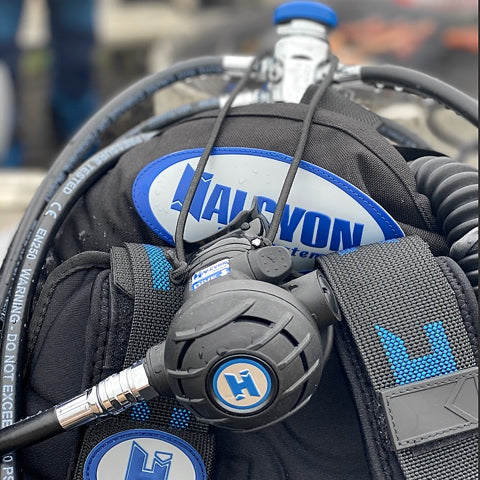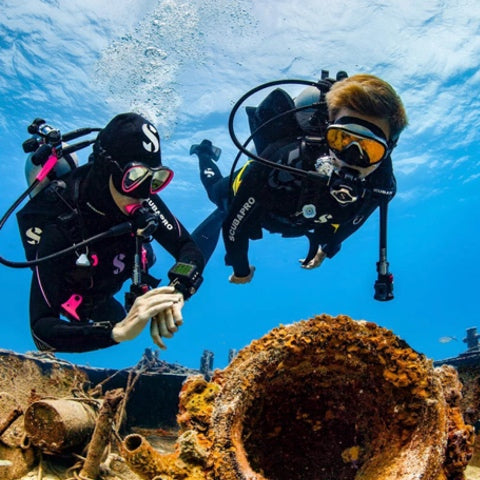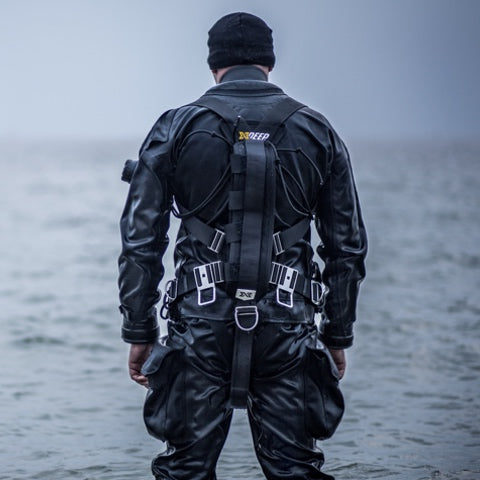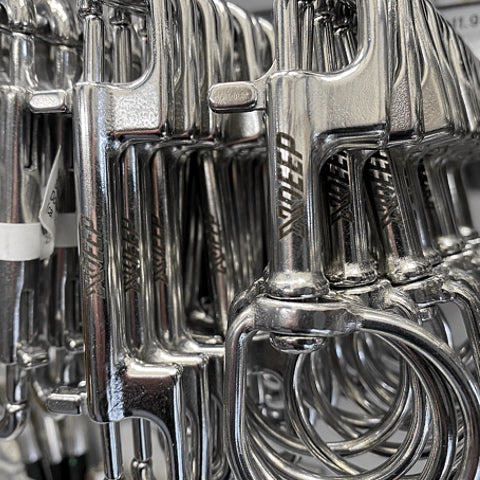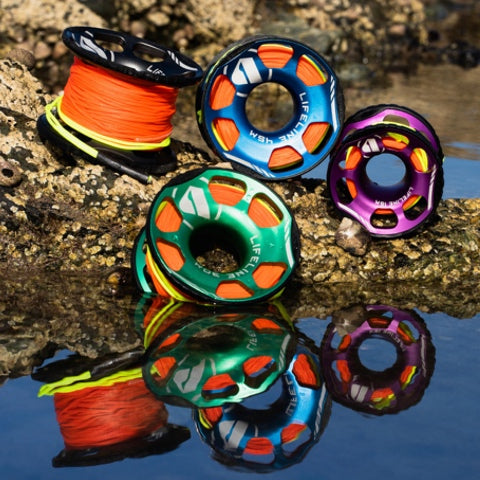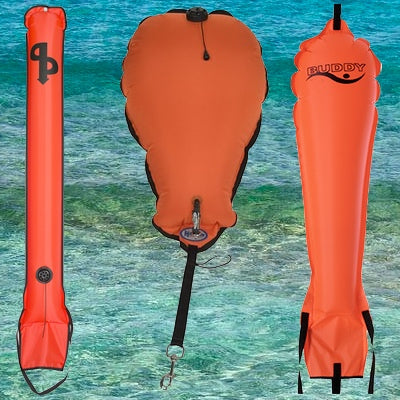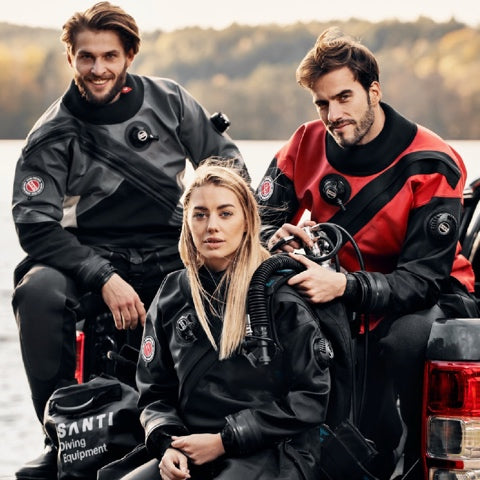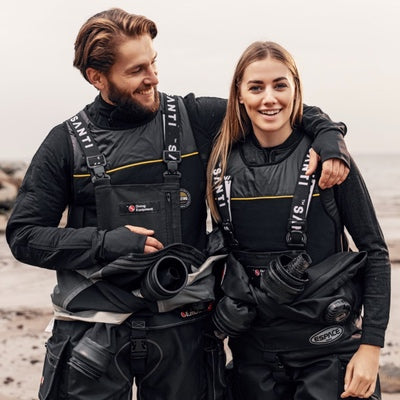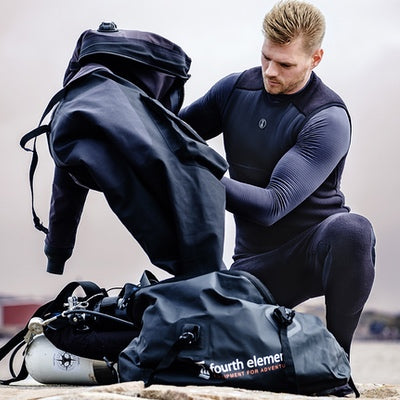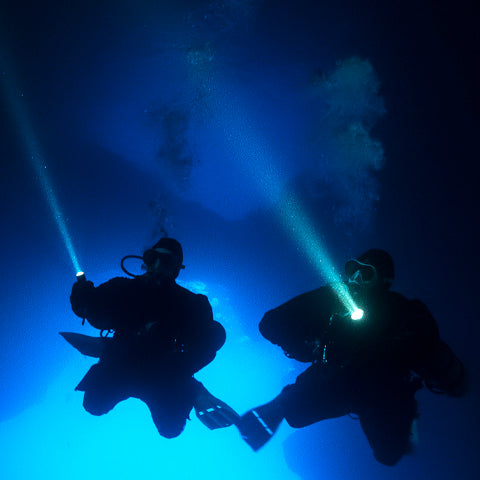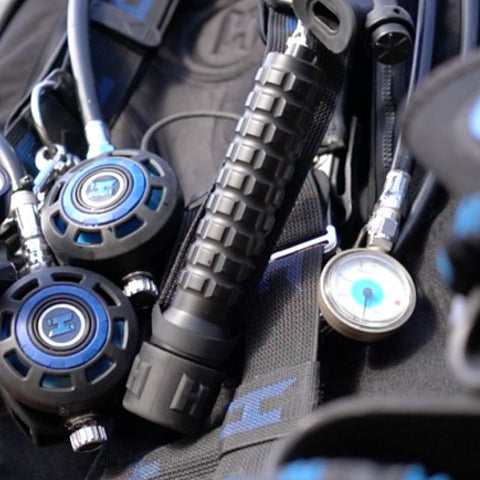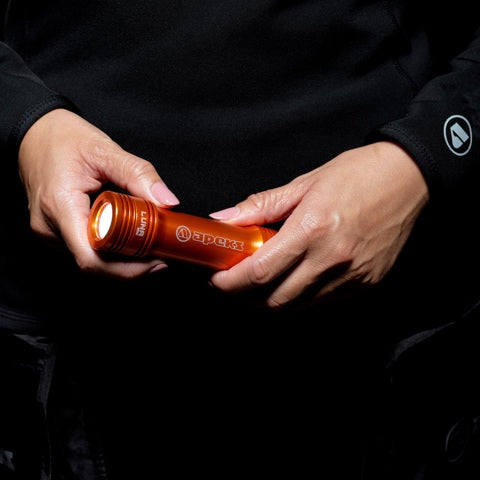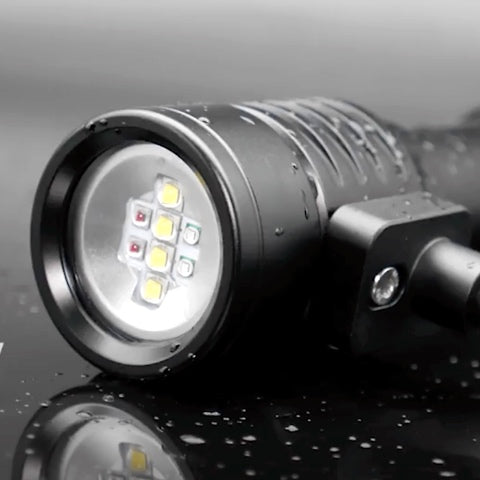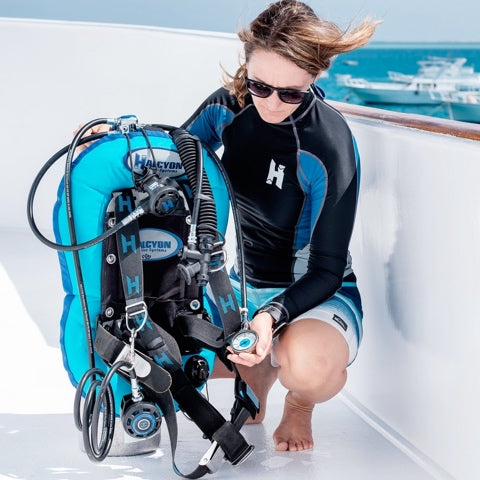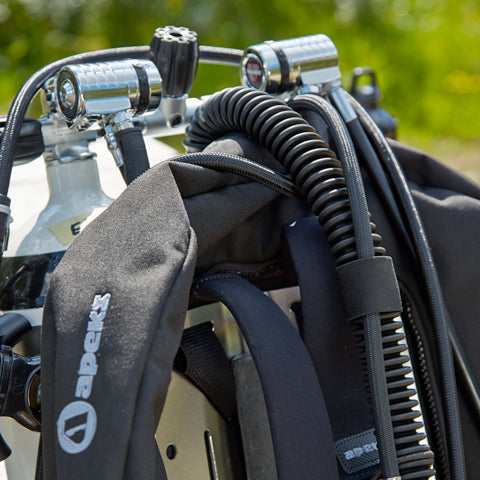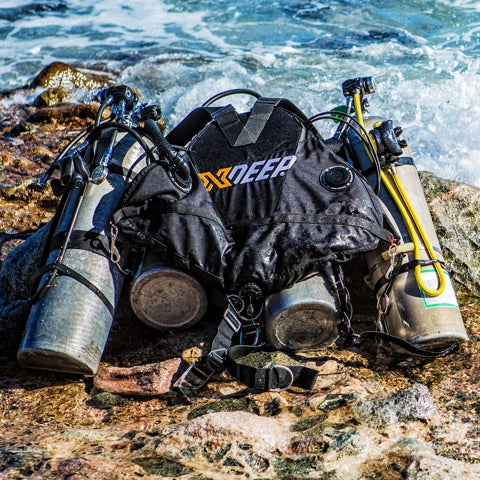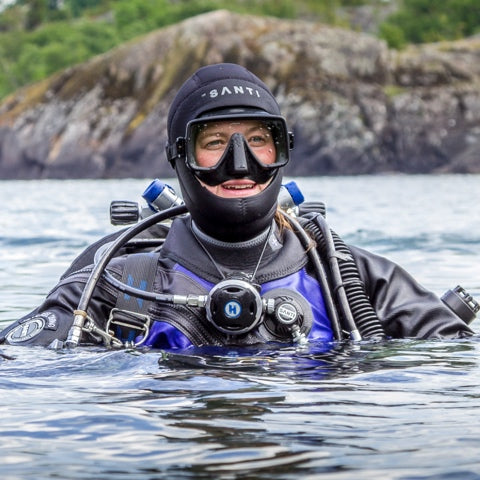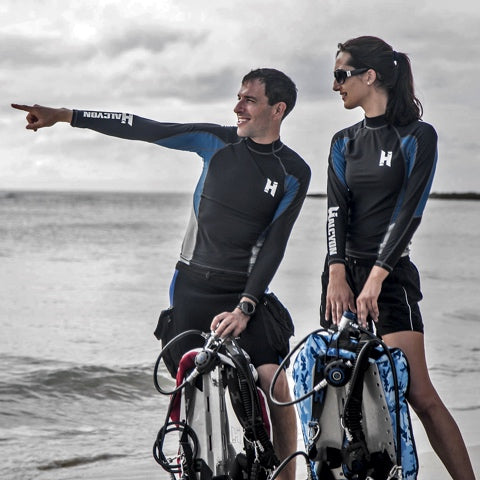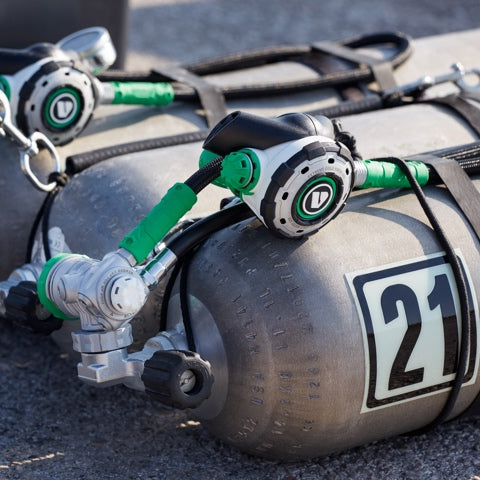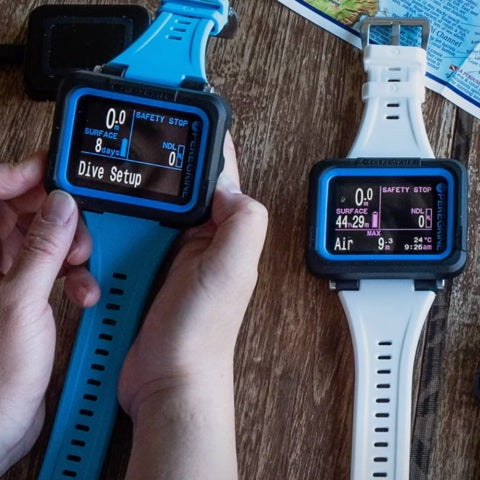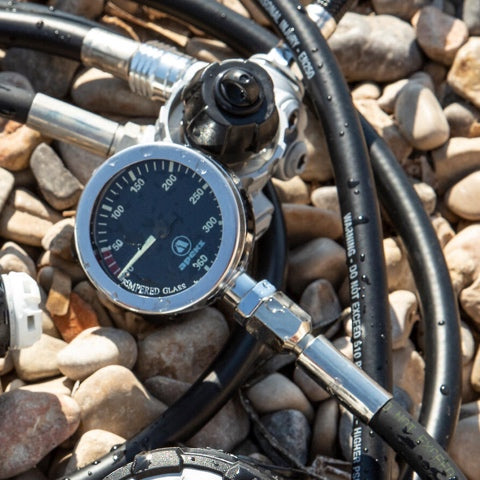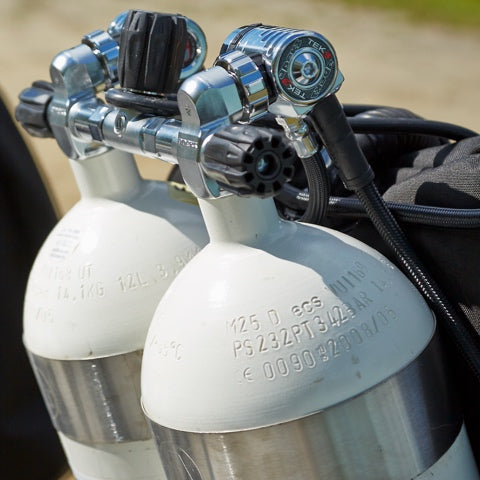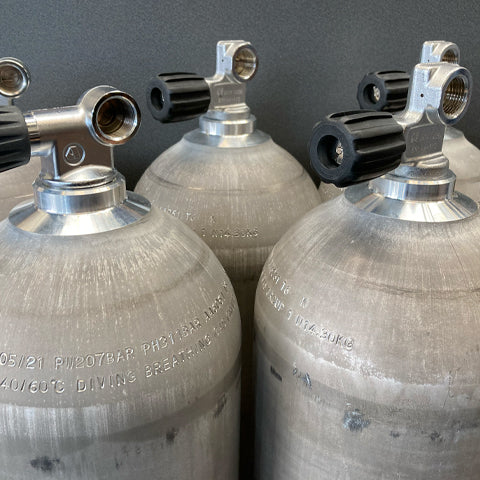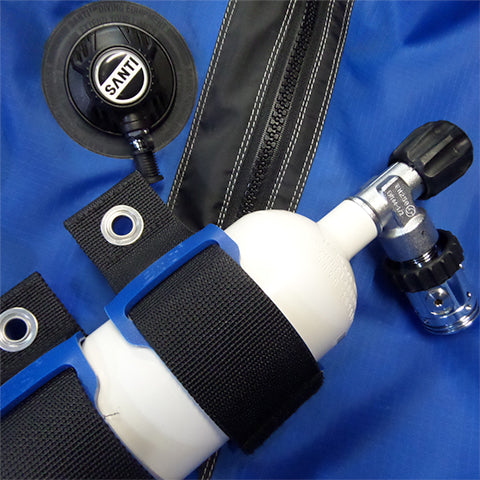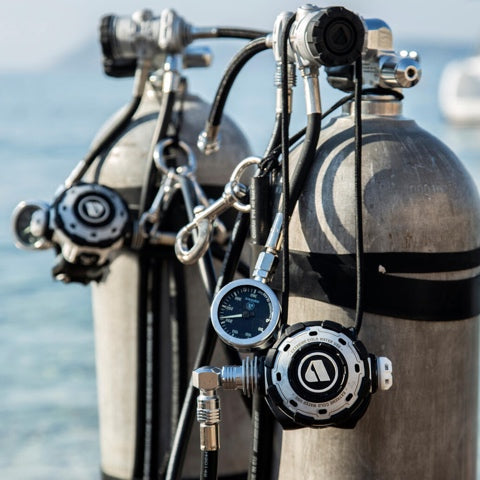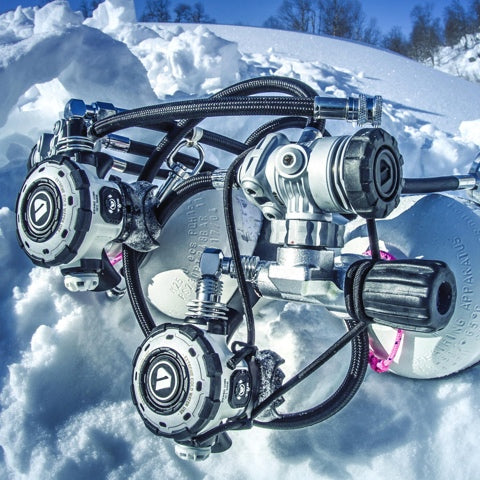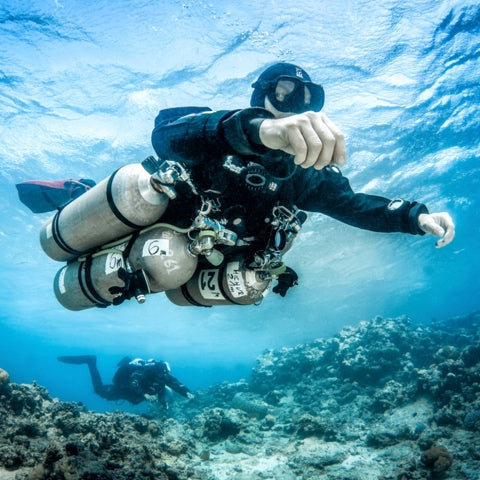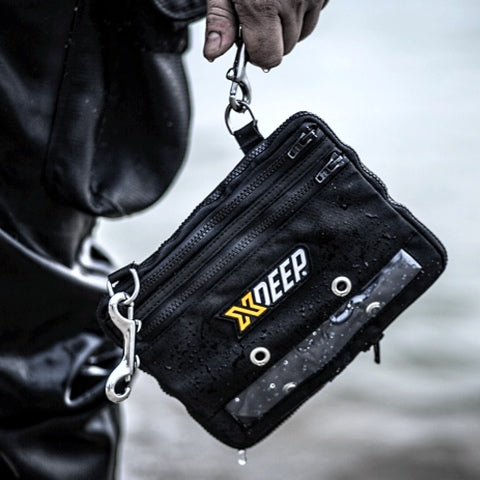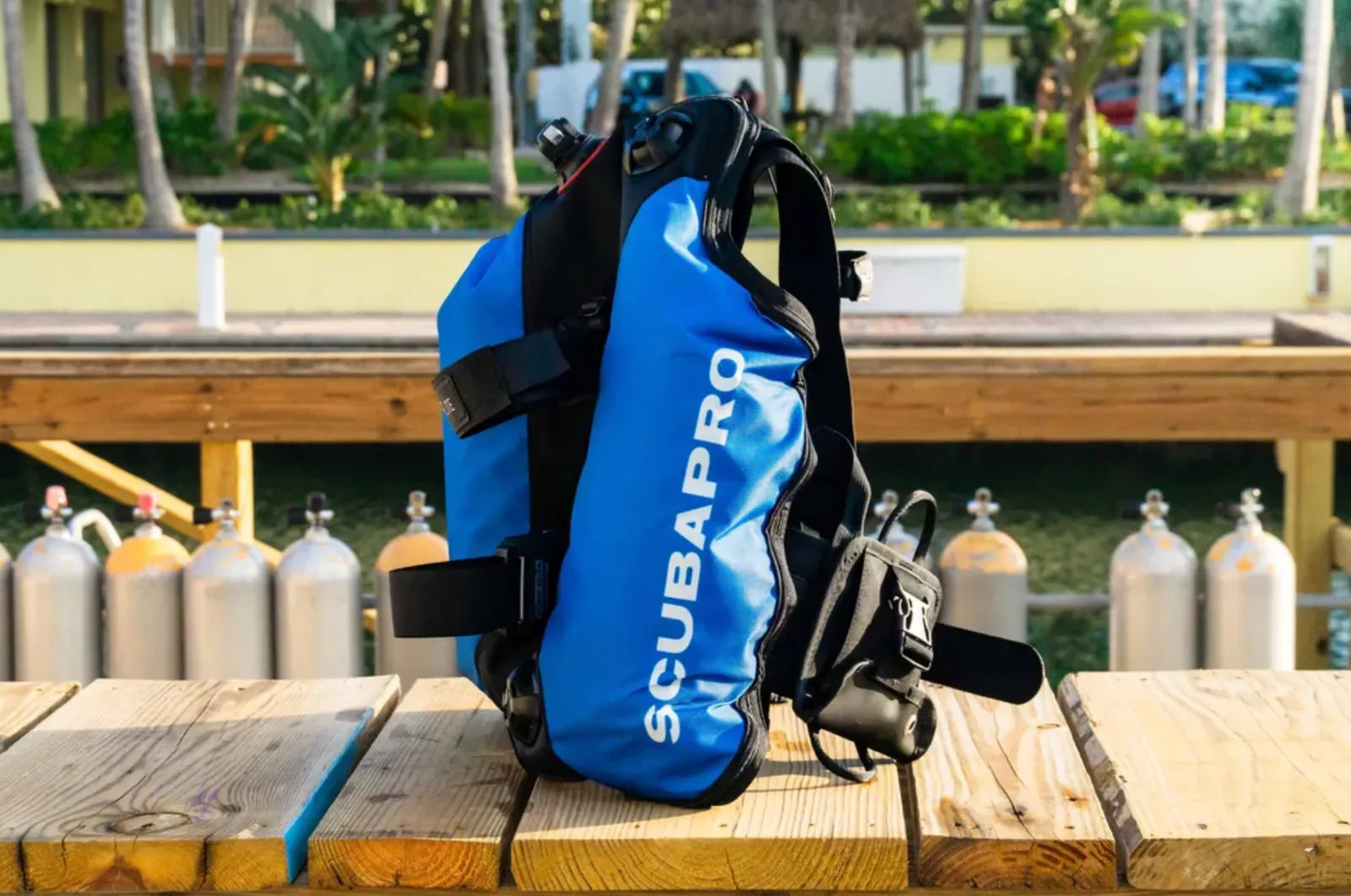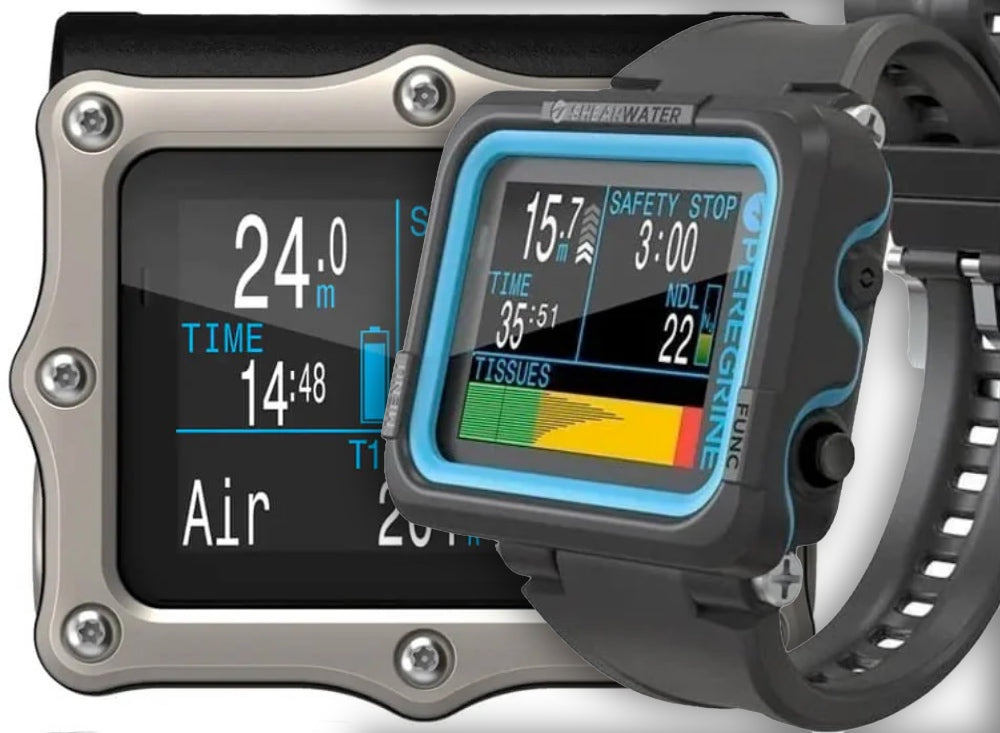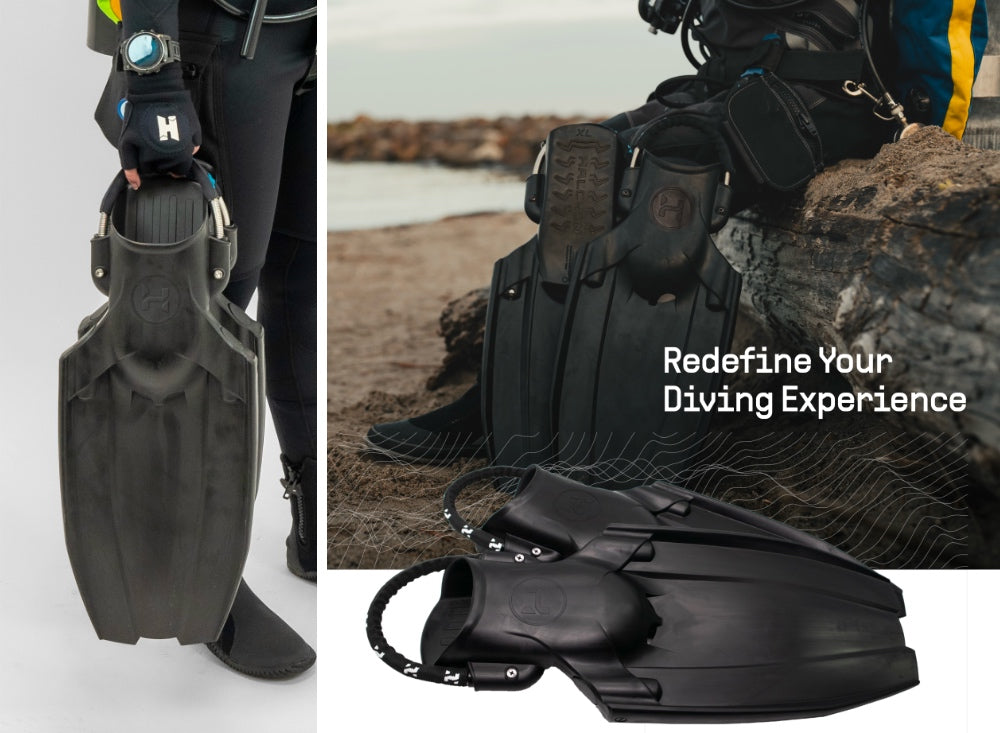Warm • Flexible • Strong • Quick Drying
The Apeks “ThermiQ” is a brand name identifying products in the company’s wetsuit range that incorporate Graphene fleece lining (suits, hoods, gloves and boots) and Graphene wrapped fibres (Carbon Core baselayers), which act as a superconductor, regulating skin temperature by transferring heat from warm spots to cold spots on the body.
As a popular diving equipment manufacturer, Apeks is known for producing high-quality and innovative dive equipment and the Apeks ThermiQ range is a good example of its commitment to producing gear that meets the needs of divers.
Graphene is 200 times stronger than steel by weight and is 1,000 times lighter than paper
What is Graphene Lining?
Graphene, used in Apeks ThermiQ is a two-dimensional material composed of a single layer of carbon atoms arranged in a hexagonal lattice.
It can be considered as the basic building block of many other graphitic carbon allotropes for example, graphite (threedimensional) and carbon nanotubes (one-dimensional).
Graphene conducts heat better than any material on earth.

The Apeks ThermiQ equalises the body temperature – transferring heat from warmer parts of the body to colder parts - without the need for a power source.
It increases the body temperature by an average of 2°C and has earned itself the “wonder material” title.
This soft but robust quality material also makes the dive wear very easy to put on and take off without the struggles of changing in and out, even when wet. It repels water, dries faster, and is long-lasting and 100% stronger than steel.

Graphene was first isolated and characterised in 2004 by two researchers, Andre Geim and Konstantin Novoselov, at the University of Manchester in the United Kingdom. They were awarded the Nobel Prize in Physics in 2010 for their ground-breaking work.
Due to its unique properties, graphene has the potential for use in a wide range of applications, including wetsuit wear, electronics, energy storage, biomedicine, and even aerospace.
Did you know a sheet of Graphene is 1,000 times thinner than human hair?
What’s with Graphene wetsuits?
A graphene wetsuit is a type of wetsuit that incorporates graphene into its inner lining such as the Apeks ThermiQ.
Graphene has several unique properties that make a wetsuit superior to traditional (non-Graphene) wetsuits.
Lightweight: Graphene is a lightweight material, so a wetsuit made with graphene will be lighter than traditional wetsuits relying on a thicker layer of neoprene. i.e. where it can raise body heat by around 2ºC the difference could be between wearing an 8mm wetsuit or a 6mm one, giving the same thermal protection but with more flexibility.
In summary, Graphene has excellent thermal conductivity, which means a wetsuit with Graphene lining will be better at keeping you warm in cold water.
Flexible: Graphene is a highly flexible material, so a wetsuit made with graphene should theoretically allow for more freedom of movement.
Strong: Graphene is an incredibly strong material, which means a wetsuit incorporating graphene in its lining should be more durable and long-lasting. Graphene is 200% stronger than steel.
Water-repellent: Graphene is a hydrophobic material, which means that it repels water by its nature. This property can help to keep a graphene wetsuit dry out quicker after a dive.**
Anti-microbial: Graphene has anti-microbial properties, which means it can help reduce the growth of bacteria and fungi, being more hygienic and reducing odours.
Overall, a wetsuit made with graphene has the potential to be more lightweight, flexible, durable, warm, and hygienic than traditional wetsuits.
* Graphene is stronger than steel and has the potential to be used in a wide range of applications where strength is important, such as in aerospace, construction, and manufacturing. However, it's important to note that while graphene has exceptional strength in one direction, it is not as strong in other directions and may be vulnerable to certain types of mechanical stresses.
Additionally, graphene's strength can vary depending on how it is produced, and incorporating it into practical applications can be challenging due to issues such as cost, scalability, and manufacturing complexity.
** Wetsuits with inner lining containing Graphene have the potential to dry faster than traditional wetsuits due to their hydrophobic properties. Graphene is a hydrophobic material, which means it repels water, which can help reduce the amount of water absorbed by the wetsuit. When a wetsuit absorbs water, it becomes heavier, colder, and takes longer to dry. By repelling water, a graphene-lined wetsuit can help to reduce these effects and dry faster than traditional wetsuits.
However, it's important to note that the drying time of a wetsuit depends on several factors, including the material, thickness, design, and environmental conditions, so the drying time of a graphene wetsuit may vary depending on these factors.

